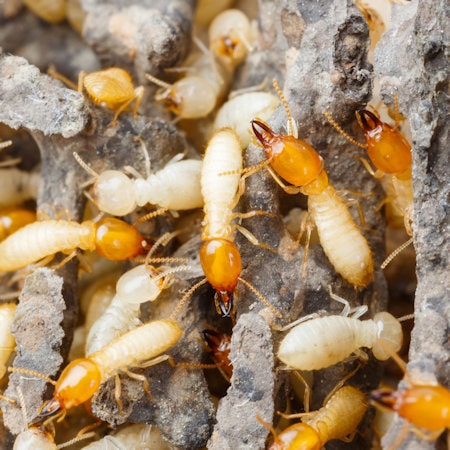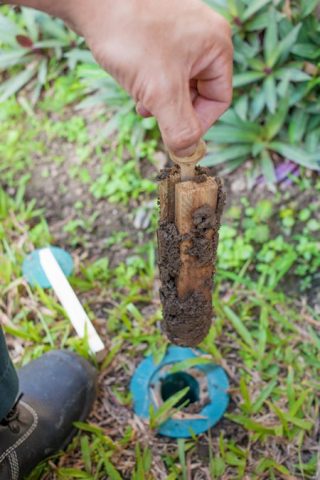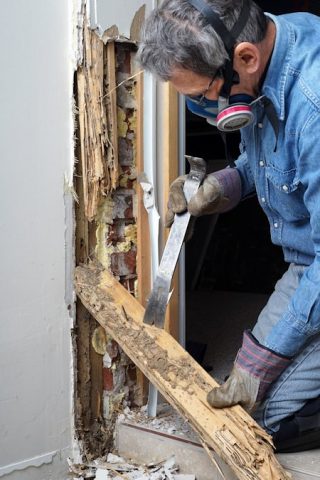There are approximately 300 different termite species within Australia. While not all of these species pose a threat to your home, the ones that do are incredibly destructive and can cause serious structural damage and financial consequences in a relatively short time.

DID YOU KNOW: In Brisbane, it is estimated that 1 in 3 houses will be affected by termites.
As such, it is essential that you have regular and thorough termite inspection conducted by a fully licenced, qualified and experienced Pest Management Technician. According to Australian Standard AS 3660.2:2017, regular termite inspections should occur at a minimum of once every 12 months. Depending on the location, condition and history of your home, it is possible that more frequent inspections may be recommended.
You might be thinking that you can’t afford annual inspections, but the truth is you can’t afford to not have your home inspected. Most Australian home insurance policies do not cover termite damage. Think of the financial ramifications that termites could create if left undiscovered, not to mention the potentially emotional toll it will take on your family and possible upheaval during reconstructive works.
Termite Treatment Options
There are several different Termite Treatment options available today. After a thorough inspection of your home, the Pest Manager will consider the unique factors of your property before proposing which treatment option they think is best suited for your individual circumstances.
Chemical Barriers
A chemical barrier involves the application of a chemical around the perimeter of the home. This is done via trenching and drilling small holes through any external concrete slabs and paths.
If considering this option, it is important to make sure the pest control company you choose only uses a non-repellent chemical. A non-repellent chemical is designed to attach itself to the exterior of the termite when they come into contact with the substance. This then allows the chemical to be carried back to the nest and transferred throughout the colony. Repellent chemicals are cheaper to buy as such they might get you a lower quote from a pest control company, however, they are an inferior and far less effective product as they aren’t transferred back to the nest.
Monitoring and Bait Stations

Monitoring and bait stations involve small holes being drilled along the perimeter of the home with bait stations being inserted and covered back up. The baits used have very low toxicity and are designed to attract any termites that are already in the vicinity. These baits won’t harm humans or animals; however, they will affect a termite’s exoskeleton. This will kill the termites, but not before they are able to return back to the nest for further transmission of the poison throughout the colony.
Monitoring and bait stations are considered the ‘greener’ choice due to the incredibility low toxicity of the baits and that it doesn’t use the large quantities of product that a chemical barrier requires.
These stations will require monitoring and servicing every 3 months for the life of the system to maintain maximum protection.

At Clean Sweep Pest Control, we are committed to protecting your home and family. Our licenced and experienced technicians use the highest quality tools such as moister meters, sound rods, thermal imaging cameras and ultra-sounding to inspect, detect and treat your home. Give Dave and the team a call today so we discuss how to best protect your home.
